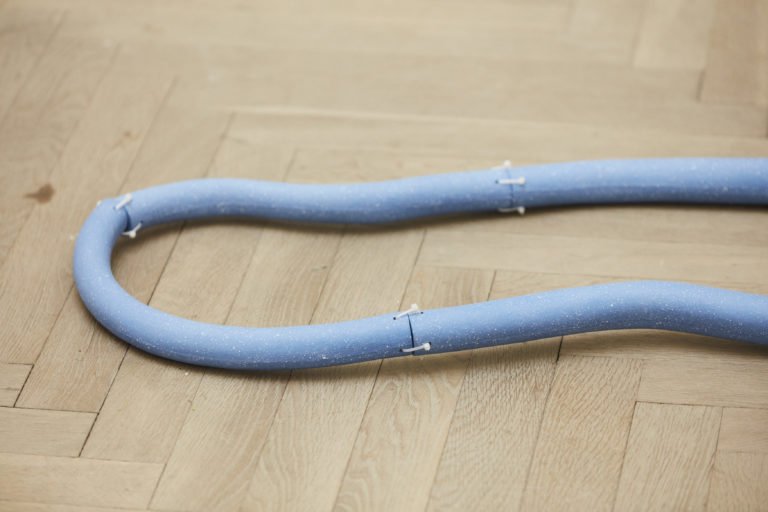













Since 2019 tubular shapes reminiscent of ventilation tubes have has played a significant role in shaping Mingshu Li’s artistic practice. Inspired by the ubiquitous ventilation pipes adorning buildings and streets throughout Oslo, these structures, whether black or adorned with street art, stand as integral elements in the urban landscapes. Mingshu Li’s creative process can be described as a process of shaping clay to wrap around empty space. This space had been routinely overlooked until she transformed the void space into a part of the sculpture. Two holes serve as connectors, sparking conversations between the inside and outside, leading gazes to the overlooked empty spaces. In this way, the tube holes expand the scope of the sculptures without relying on mass, transforming the air around the sculpture into an integral part of the work.